Thessaloniki gets ready for its metro launch in November
The underground rapid transit lines have been under construction for almost two decades due to various project delays
 TheMayor.EU logo
TheMayor.EU logo 
nicola sturgeon, Source: COVID-19 press conference - 11 May 2020 by Scottish Government on Flickr (CC BY-NC 2.0)
Scotland is the last part of the United Kingdom to reveal its plans for a return to normalcy
Yesterday, 21 May 2020, the Scottish Government, represented by First Minister Nicola Sturgeon unveiled its plans for the lifting of lockdown restrictions within its territory. Scotland is the last part of the United Kingdom to present a timetable and a concrete plan of action when it comes to returning to normalcy over the coming months.
Boris Johnson, the UK Prime Minister, meanwhile, announced the country’s government’s plans for the lifting of restrictions earlier in May, as TheMayor.EU reported. His approach is far less ambitious than that of other European states as the United Kingdom has had a far worse handling of the coronavirus emergency over the past couple of months.
In her announcement, Nicola Sturgeon stated that Scotland will embark on a cautious return to normalcy in the easing of lockdown restrictions – for the most part mirroring the approach of other parts of the UK, where significant progress in their removal has already been achieved.
The first measures will come into force next week and will concern the allowance of practising outdoor sports like tennis and golf. Outdoor restaurants and cafes will also be allowed to reopen in the near future, as part of the Scottish government’s four-step plan.
Schools, meanwhile, are set to officially reopen on 11 August. Sturgeon added that Scotland will introduce a so-called “blended model”, incorporating both in-person attendance and distance learning. Teachers will be allowed to head back to school as early as July, in order to prepare the classrooms and to make everything suitable for the arriving children.
There is, however, no hope for the reopening of indoor venues for the foreseeable future. The first minister stated that it would be at least three weeks before pubs and indoor restaurants will be allowed to open their doors to customers, due to the threat of further spreading the disease that has already ravaged the country.
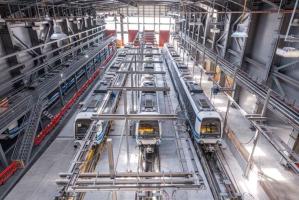
The underground rapid transit lines have been under construction for almost two decades due to various project delays

Now you can get your wine in Talence by paying directly in Bitcoin

That’s because the state has to spend money on updating the railway infrastructure rather than subsidizing the cost of the popular pass
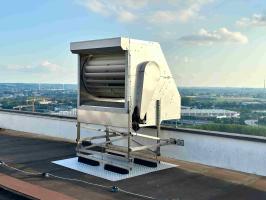
Rethinking renewable energy sources for the urban landscape

The examples, compiled by Beyond Fossil Fuels, can inform and inspire communities and entrepreneurs that still feel trepidation at the prospect of energy transition

Now you can get your wine in Talence by paying directly in Bitcoin

The 10th European Conference on Sustainable Cities and Towns (ESCT) sets the stage for stronger cooperation between the EU, national and local level to fast track Europe's transition to climate neutrality.
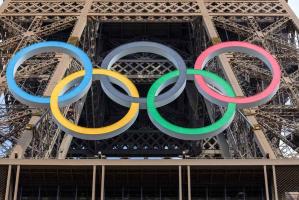
At least, that’s the promise made by the mayor of Paris, Anne Hidalgo

The underground rapid transit lines have been under construction for almost two decades due to various project delays

At least, that’s the promise made by the mayor of Paris, Anne Hidalgo
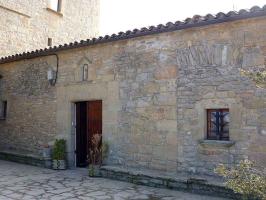
Hostal de Pinós is located in the geographical centre of the autonomous region
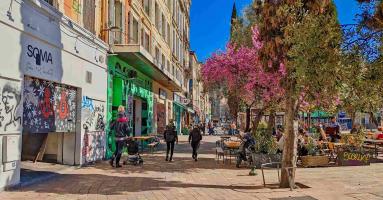
Despite its church-y name, the district has long been known as the hangout spot for the artsy crowds

Urban dwellers across the EU are having a say in making their surroundings friendlier to people and the environment.

Forests in the EU can help green the European construction industry and bolster a continent-wide push for architectural improvements.

Apply by 10 November and do your part for the transformation of European public spaces

An interview with the Mayor of a Polish city that seeks to reinvent itself

An interview with the newly elected ICLEI President and Mayor of Malmö

A conversation with the Mayor of Lisbon about the spirit and dimensions of innovation present in the Portuguese capital














